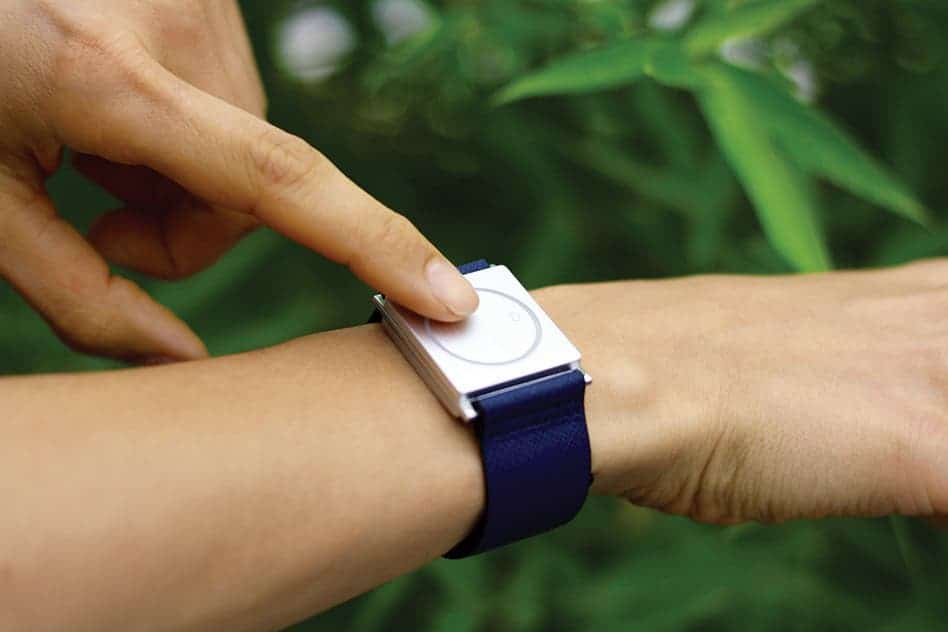Italian and American researchers have devised wristbands that detect and characterize seizures in patients with epilepsy. These wearable devices offer a far more practical way to monitor seizures and might even save lives.

If someone with epilepsy dies suddenly and unexpectedly, and no obvious cause of death can be found, it is called sudden unexpected death in epilepsy (SUDEP). It’s the most common type of epilepsy-related death, most frequently occurring at night. All in all, 50,000 people die each year in the United States from seizure-related causes, with SUDEP accounting for 8-17% of deaths in people with epilepsy.
Doctors typically monitor a patient’s seizures using video-electroencephalography. During video-EEG monitoring, the patient wears an EEG transmitter connected to a wall outlet by coaxial cable while going about her normal routine (like napping, talking, and watching television). Wall-mounted video cameras provide continuous behavioral observation. Both EEG and video signals are transmitted to a control room, where the EEG is reformatted and conducted to a video monitor. The EEG signal and video are displayed simultaneously for online observation, and both are recorded on videotape. The EEG may be recorded on paper or stored on an optical disc.
The problem with video-EEG is that the whole setup is extremely cumbersome and doctors have to rely on patients and caregivers to report seizure counts. Most often, the counts are inaccurate.
Giulia Regalia and Francesco Onorati, both scientists at Empatica, Inc. in Milan, Italy and Cambridge, Massachusetts, wanted to design a wearable system capable of detecting and characterizing convulsive epileptic seizures.
In a new paper published in the journal Epilepsia, the scientists report their findings after employing three different wristband designs that recorded 5,928 hours of data from 69 patients, including 55 convulsive epileptic seizures from 22 patients. The wristbands recorded two types of signals: electrodermal activity and accelerometer data. The strength of these signals can inform doctors whether or not a convulsive seizure is nigh.
Embrace, one of the wristbands designed by Empatica to detect epileptic seizures and monitor stress, is equipped with sensors that track pulse, body motion, temperature, and EDA. The latter involves subtle electrical changes across the skin. Boosts in EDA, without accompanying changes in motion, can signal stress. In people with epilepsy, a sharp rise in both signals could indicate a severe, potentially life-threatening seizure.
The wristbands detected 95% of all seizures with only one false alarm ocurring every four days, which was deemed acceptable. Besides detecting seizures, these devices could also reveal important characteristics of the seizures. This sort of data can alert doctors that their patients are about to enter a potentially dangerous and life-threatening seizure.
“The present work provides significant improvements for convulsive seizure detection both in clinical and ambulatory real-life settings,” said Dr. Regalia said in a press release. “Accurate seizure counts with real-time alerts to caregivers allows an early application of aid, which can be protective against SUDEP risk.”


